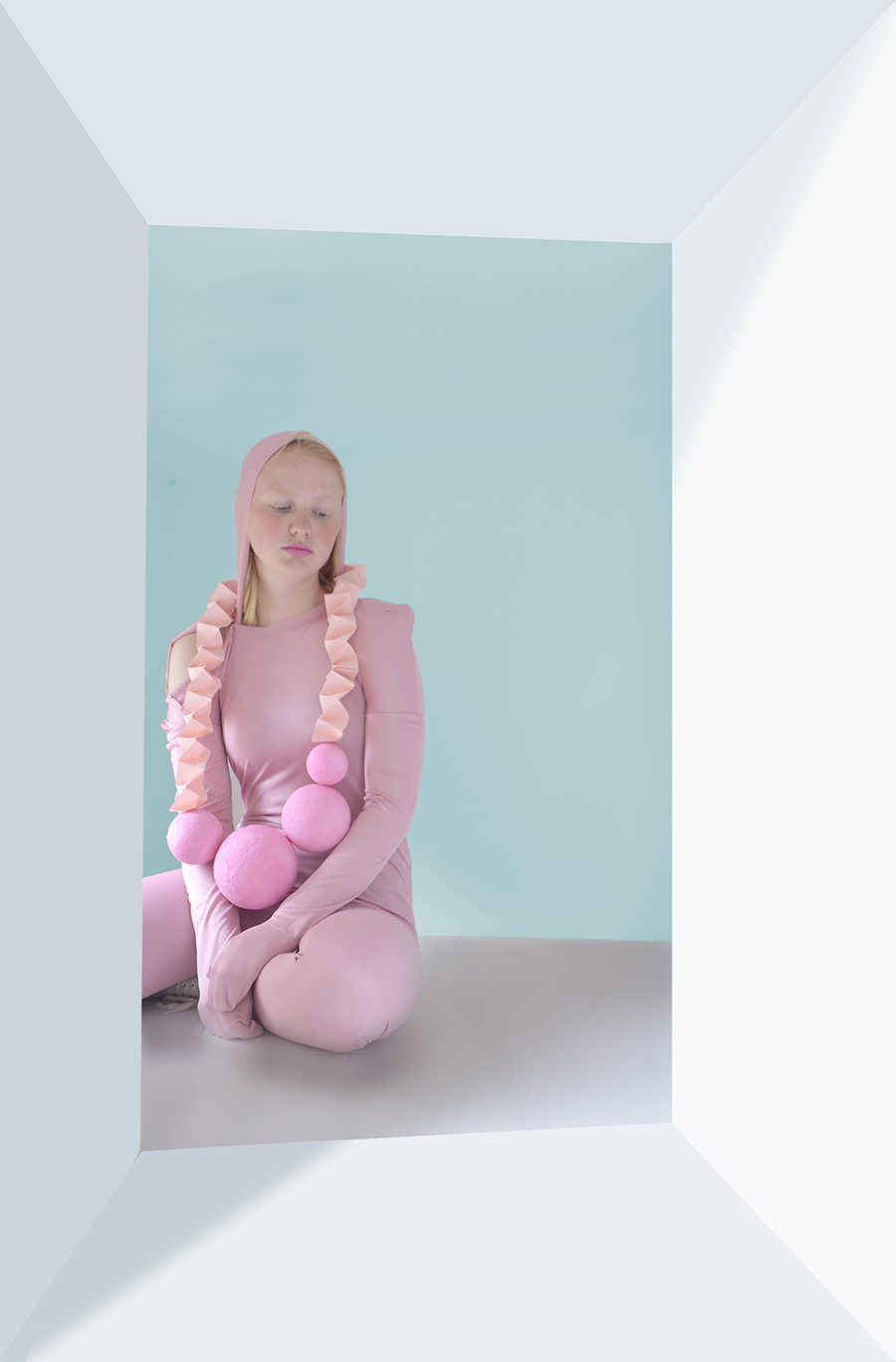Why pink and light blue?
To break existing stereotypes, pink is declared the trend color for men, while light blue is the trend color for women. This signals values such as the ideal world of our children, in which we live love, openness and tolerance. In doing so, we are consciously setting a counterpoint to the reality of open borders, through which dangers and fears that have so far been successfully kept away and suppressed have come threateningly close to us.
Color creates Trends
We renew our memory of the colors of the world every day by adapting our memory colors to the colors of our perceived environment through the process of perception. This is the origin of every color trend! Traditionally once important colors such as purple or Indian yellow have been erased from the public consciousness with the disappearance of the materials from the market, whereas the printing inks magenta and cyan have become established terms for most people worldwide. Every color trend emerges, develops and disappears as a result of a process of change that begins with an unfamiliar, often shocking color combination.
These color combinations often spread first in neighborhoods where people want to signal a different attitude to life to those around them. The easiest and most concise way to indicate groupings and thus also attitudes is through colors – just think of the “Orange Revolution” in Ukraine or the fan blocks in soccer stadiums. Color is identity! Many trendsetters take up the color combinations of groups that propagate a different and new lifestyle through their appearance in their own creations, from where they then find their way into the media.
Color promotes consumption
If the color combination is taken up by the mainstream of the large lifestyle chains, the color perception of large groups of buyers will be adapted. The color trend comes into its own in the phase of greatest popularity, whereby the habituation effect sets in at the same time, causing its decline. The pre-selection of trend colors for new products that are present on the market and in the media controls the color preference of customers, who often have no choice but to opt for colors other than those offered.
If we resist the changing dynamics of the zeitgeist, we convey a conservative attitude to the environment , which is quickly perceived as old-fashioned or stuffy, especially by the younger generation. Trend colors are changing faster and faster in modern societies, as they can be used to promote the consumption of goods and services simply and effectively.
Spontaneous aversion or “love at first sight”
If the reasons for spontaneous aversion or “love at first sight” in the area of color often remain hidden from us, this is due to the speed at which unconscious processes take place in the brain. The color information reaches the brain after about 60 milliseconds, until after about 100 milliseconds a first unconscious evaluation of the signals has already taken place.
The vegetative system reacts even faster to the stimulus situation, as can be seen from the change in body activity and alertness. For example, changes in an observer’s skin resistance, blood pressure or muscle tension show that the color has an effect on brain function, even if the observer cannot yet see the cause, let alone name it. Before we have even recognized what it is, we have already decided whether we will like or reject a color and the associated offer.
Colors are gestures
The dominance of color becomes even clearer when we consider its significance for interpersonal communication. People construct an outward appearance through their lifestyle, which communicates their thoughts and feelings to others. He shows who he would like to be and how he feels by the color of his clothes, his home and his everyday objects and is constantly observing whether others understand his color signals correctly. We find out who we are by the reaction of our fellow human beings to our behavior. Colors show personality and allow us to communicate with other people without the need for words.
The function of color is communication
If a neighbor, friend or colleague has bought something new and is wearing it, we find out about it through the color. The trend, the shine, the deliberate understatement – everything points to an attempt to attract attention. This is where the chain of possible reactions within the social group begins, starting with the interpretation of the new color. Anyone who only thinks of status envy here is inadmissibly reducing the possible motives, as we express the whole range of human emotions through colors.
When we are sad, we choose different clothing colors and intuitively place ourselves in different environments than when we are feeling happy and exuberant. If we seek contact, colors refer to the spiritual process of opening up, which signals to others, talk to me, visit me, feel comfortable with me and with me. Such a process often begins with the purchase of new shoes and clothes and ends with the renovation of the home, during which we also part with many old things that are replaced by new ones. The much-emphasized functionality takes a back seat, as it is not important for the new state of mind expressed whether the kitchen is still suitable for cooking or the bathroom has just been redone. New colors are needed!
The old “me” was yesterday, today you are someone else and you want to see that, just as others should take note of it. Social communication is the most important reason why people part with things that actually still work, why they suddenly no longer feel comfortable in rooms that were their home yesterday. Man is a visual being and color is his most important language tool!



